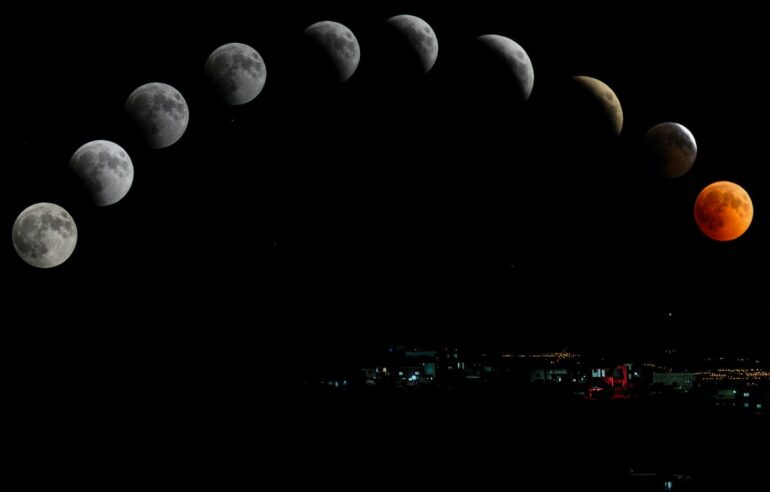In the Gregorian calendar, the number of the month means nothing, celestially speaking. Unless it’s being judged by its proximity to a holiday or deadline, the first or the fifteenth of the month on the calendar tells you nothing about the natural world.
Not true in the Hebrew worldview, where everything is connected. Numbers hold significance to Hebrew letters and words, so why not when it comes to the date?
If you tell me it’s the first of the Hebrew month, then I know that it’s a new moon; and if you tell me it’s the fifteenth, then I know it’s a full moon. It also tells me how close I am to the nearest of our holidays. And I know how full the moon will be on any of our festivals, year after year, because I know what day of the month that festival falls on.
In fact, the date for most of our festivals is set according to where the moon phase is, so it can tell you a lot when you think about whether the moon is waxing or waning, growing or releasing, etc.
The Hebrew month starts on the new moon. Not the empty moon, which is when the moon is not visible in the sky. That’s often called the new moon, but that’s not what the new moon means. We look for when there’s that first sliver of a moon; that’s the new moon (which makes more sense when you think about it).
We celebrate every new moon with a special day called Rosh Ḥodesh (head of the month). And isn’t it nice to know that every week, and every month, there’s always a day for celebration? Ways to honour the Rosh Ḥodesh include blowing a horn or a trumpet (or any instrument you have on hand); reciting extra tefillot (such as Tehillim 104); or singing songs of jubilation, whatever that means to you. Some have a custom of eating a special meal in the day’s honour. And we announce the date and time of an upcoming Rosh Ḥodesh on the Shabbat beforehand. They think of the new moon as a birth — or molad.
Rosh Ḥodesh is also a day that’s especially significant for women. According to the Talmud, women are forbidden from performing certain forms of work on Rosh Ḥodesh (I’d love to take that on!). Some groups of women get together in a Rosh Ḥodesh group where they might share what’s on their minds, make art together, feast, or create their own rituals. And the moon, which pulls the tide, is also connected to menstruation. For some whose bodies aren’t exposed to artificial light at night, they bleed on a new moon.
A ritual called kiddush levana is performed outside at night, as early as three days after the new moon, or anytime while it is still waxing, that is often accompanied by dancing.
I invite you to reorient yourself in time. You are standing in the year 5782 (or whenever it is when you read this). It is the month of Shvat, shortly after the big winter festival of Ḥanukah. Look at the moon to determine where in the month you are — is it new, waxing, full, waning, or empty? How many days is it until the next Shabbat? That’s where you are in the week.
I’ve been experimenting with bringing more consciousness of the Hebrew date, and therefore the moon’s phases, into my life. I’ve switched to using Jewish calendars, which give Hebrew dates as well as candle-lighting times. I love knowing how early or late the sun sets each week. I regularly date my journal entries, and recently I’ve switched to writing the Hebrew date, and Hebrew number of the week day. When I do that for work, or notes on my computer, it helps to also write the Gregorian date, so I’m less confused until it becomes second nature.
On my computer, I’ve switched the date on my desktop menu to reflect the Hebrew date. One caution about that: it still changes the date at midnight, not at sunset, so for a few hours every night, the date is inaccurate.
What can you do to reorient your day of the week according to Shabbat, and your day of the month according to the moon?





